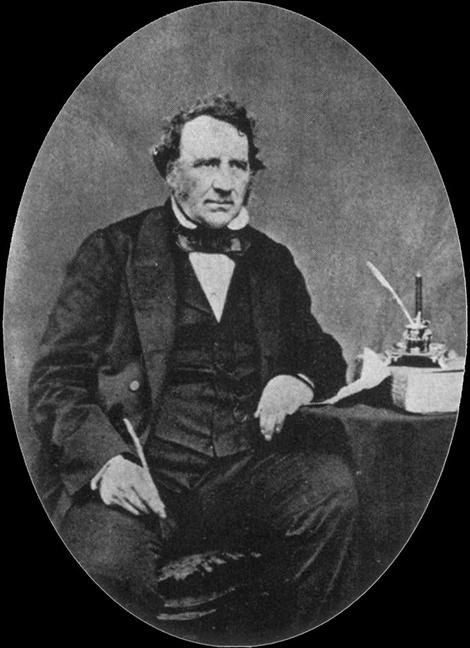With the opening of the extension to the Northern Line via Nine Elms and Battersea Power Station, as two new stations, it seems timely to recall the origins of the entire Underground and its connection to one of the Haberdashers’ Company Liverymen.
|
 |
Charles Pearson (1793 – 1862), Haberdasher was a British lawyer and politician. He was solicitor to the City of London, a reforming campaigner, and briefly Member of Parliament for Lambeth. He was born at 25 Clement's Lane in the City of London, the son of Thomas Pearson, Haberdasher, an upholsterer and feather merchant and his wife Sarah. After education in Eastbourne, in 1808 he was apprenticed to his father but studied law and qualified as a solicitor in 1816. In 1817 he became a Freeman of the Haberdashers’ Company. From 1845 Charles began to promote the idea of an underground railway through the Fleet Valley to Farringdon, the first man of influence in the City to do so. This idea failed, as did his proposal for central station at Farringdon in 1846. But by 1854 The Royal Commission on Metropolitan Railway Termini had recommended a line between the Docks and the Post Office HQ at St Martin's Le Grand and there was also a successful private bill for the Metropolitan Railway Company for a line between Praed Street in Paddington and Farringdon. Although he only held 50 Shares in the Metropolitan Railway Company, Charles continued to promote the project over the next few years and used his influence to help the railway company raise the £1M of capital needed for the construction of the line. He persuaded the City of London to invest on the basis that the underground railway would alleviate the City's congestion problems. So it was that by 1860, the funds had been collected and the final route decided. Work on the railway started; taking less than three years to excavate through some of the worst slums of Victorian London and under some of the busiest streets. Charles Pearson died of dropsy on 14 September 1862 and did not live to see the opening of the Metropolitan Railway on 10 January 1863. He had refused the offer of a reward from the grateful Metropolitan Railway Company, but, shortly after the railway's opening, his widow was granted an annuity of £250 per year. He was buried at West Norwood Cemetery on 23 September 1862.
|
 |
| Constructing the Metropolitan Line at Kings Cross, 1861 |
Dr David BartleThe Archivist |
